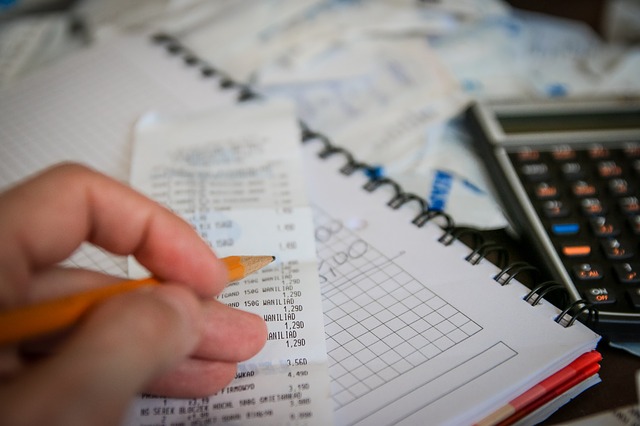The way VAT is collected on certain supplies in the building and construction industry is about to undergo a major change.
With effect from 1 October 2019, and in an effort to combat missing trader fraud, VAT registered recipients of construction services will need to consider whether the new “domestic reverse charge” applies to them, and where it does, will have to account to HMRC for VAT on the supply rather than to the supplier.
The domestic reverse charge is intended to operate where the recipient of the service is an intermediary in the construction industry supply chain (rather than an “end-user” or consumer) by applying to certain standard or reduced VAT rate services that are reported under the Construction Industry Scheme (although unlike the CIS, the VAT charge will apply to the value of the entire supply including materials and not just the service element of it).
With less than three months to go before the domestic reverse charge is introduced, businesses should act now to consider whether and how the changes might impact them – taking steps to establish what supplies are caught, reviewing contracts and accounting systems and then notifying suppliers and customers to confirm intermediary or end user status.
Smaller sub-contractors who use VAT as a way to finance their working capital should be aware in particular of the financial impact that the domestic reverse charge may have on their businesses and prepare in advance for any potential cash flow issues.
HMRC for their part recognise that, as a major change in the operation of VAT, difficulties are likely to arise under the new rules, confirming that a “light touch” policy will operate on genuine mistakes and penalties for a 6 month period.
For further information, please take a look at the government guidance using the link below:
https://www.gov.uk/guidance/vat-domestic-reverse-charge-for-building-and-construction-services.

 Lauren Melnyk
Lauren Melnyk